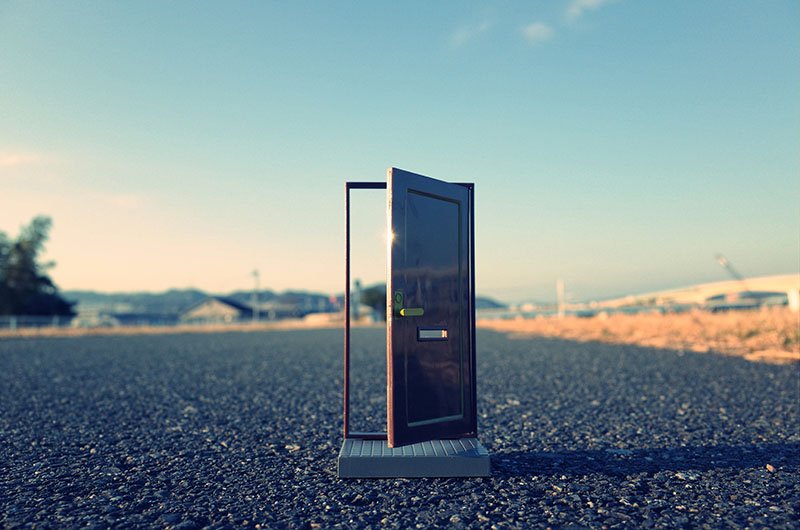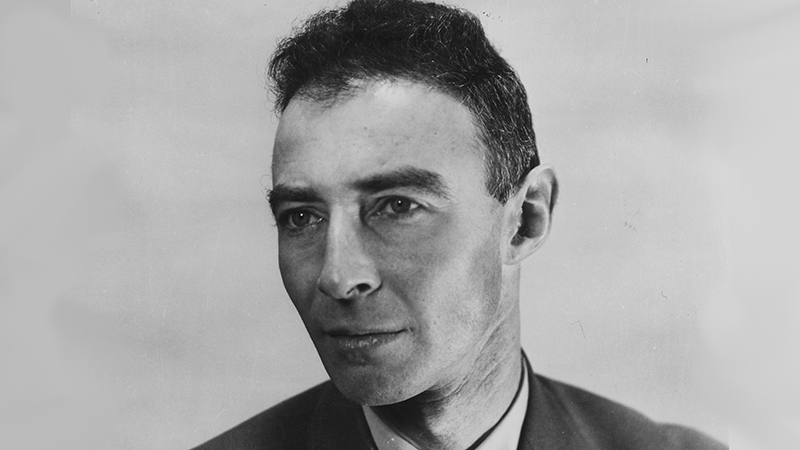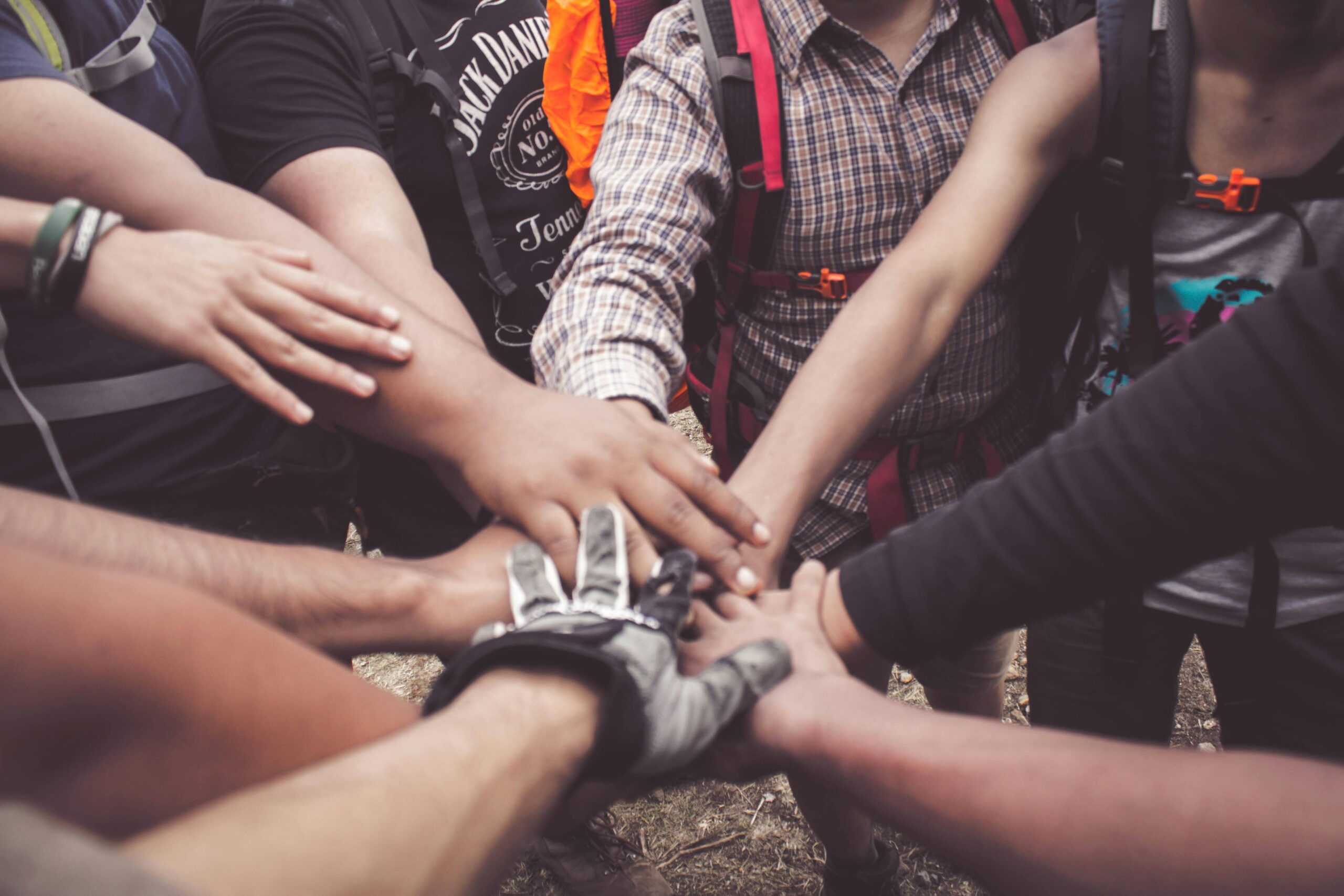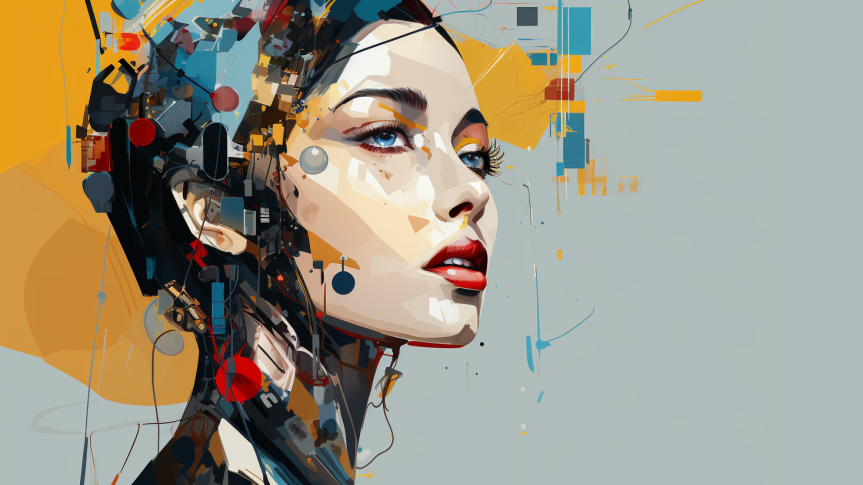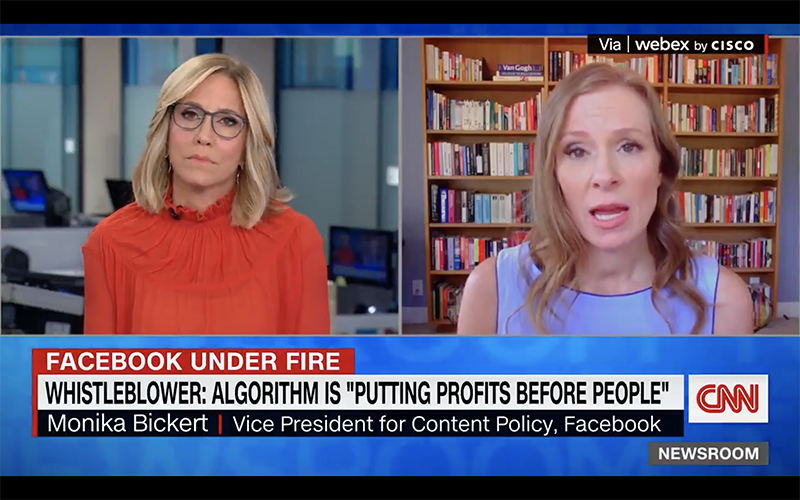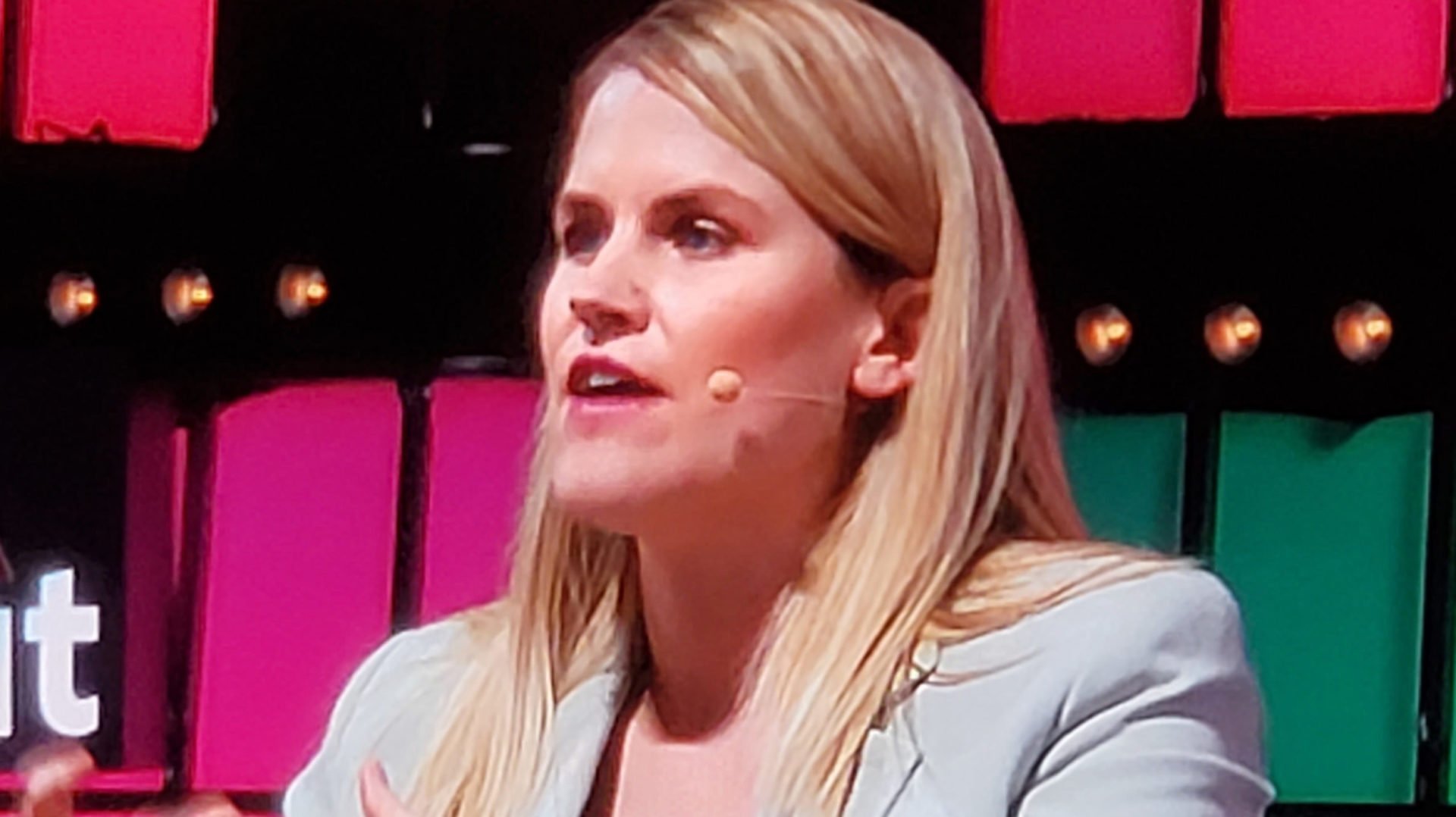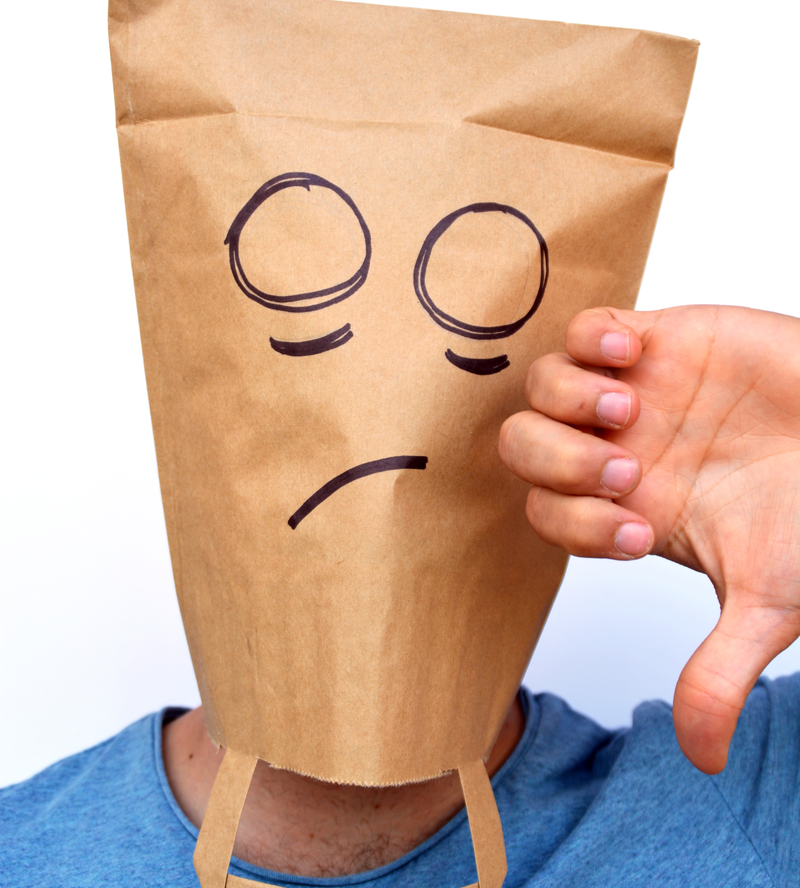Now the Covid-19 pandemic seems to be shifting. Even as it remains a major threat in many parts of the U.S., it is waning in most of the rest of the developed world. Much of the disease’s most devastating impact is shifting towards less developed countries. As we continue to work to mitigate its effects, we must look beyond the horizon. What will be the Second Order Effects (2OEs) as we await a vaccine that may confer widespread immunity.

Here are sixteen COVID-19 2OEs that lurk just beyond where we can see now. How successfully we collectively address the dilemmas they surface will shape our destiny.
Who Gets the Money?
Governments are doling out stimulus packages to bridge the liquidity gap caused by economic inactivity. How should we optimally distribute that money to bridge the gap and avoid downstream economic breakdown? Stock prices gyrate and small businesses all over the world are struggling to maintain liquidity, as unemployment skyrockets. Deciding who gets how much money, how fast, will determine our future economic health.

Who Gets the Medical Equipment?
Our global endeavor to “flatten the curve” seeks to avoid outstripping our medical system’s capacity to treat COVID-19 patients. How will we distribute equipment and expertise to areas experiencing the greatest health system overload to save the most lives?
Who Gets What Tests?
Countries with the most effective curve-flattening responses have implemented disciplined testing, tracing, isolating and quarantining programs. Without up-front COVID-19 testing, countries can’t identify and contain COVID-19’s spread. Without serology testing to identify those who have acquired immunity, countries will be have difficulty convincing people to go back to work. How will we distribute virus and immunity tests to benefit society and economy?
Who Gets to Use What Data?
Digital contact tracing can curb the exponential spread of COVID-19. China has a strict centrally-controlled mandatory tracing system, while Singapore’s is communal and optional. In the US, Apple and Google have announced an effort to develop a single contact tracing system. Can we maintain civil liberties while implementing centralized contract tracing?
Who Gets the Treatment?
Many auto-immune, anti-bacterial, antiviral, and antibody treatments are being explored to seek treatments for severe COVID-19 cases. But all are supply-constrained in one way or another, some dramatically so. Deciding who receives priority for treatment will raise moral and ethical challenges.

Who Gets the Mental-Health Therapy?
Many countries are reporting a sharp rise in domestic abuse due to social-distancing. The trauma humanity is enduring will likely manifest as post-traumatic stress in the very near future. Research shows quarantine situations result in increased levels of PTSD and clinical depression. How should we optimally distribute access to therapy?
Who Gets the Food?
Prior to COVID-19, food insecurity in underdeveloped regions was already an acute problem. More than 820 million people did not have enough to eat. In developed countries, the brittleness of food supply chains has been exposed as retailers struggle to keep up with increased demand. People must have food to eat, how can we optimally feed them without spreading the virus?
Who Wins and Who Loses in Industry?
The topography of industry is being dramatically reshaped. Sectors such as Retail, Transportation, and Sports have been severely impacted by COVID-19. Others such as Media, Telecommunications, and Internet are benefiting. Global supply chains across industries will be reconfigured for increased resilience. Automation will increase as humans are replaced with machines that can’t get sick. How will the global industrial landscape be reshaped?
Who Gets to Vote and How?
The right to vote is foundational to democracy. The ability to exercise that right to vote, particularly in the U.S. in November, could be disrupted by COVID-19. Many epidemiological models point to a second pandemic wave in the fall. How will citizens be enabled to exercise their right to vote if access to physical polling stations cannot be taken for granted?
Who Uses What Energy?
The initial shock of decreased demand for oil due to global social distancing measures could become the new normal as nations seek to increase energy independence by investing in alternative sources. This, in turn, might lead to a crisis in institutional confidence and cause petro-state regimes to teeter, or even topple.
Who Will Work Where?
Today global migration is at a standstill. As the global economy comes back on-line in fits and starts over the next 18 months, migrant workers will resume physical work in foreign lands. At the same time, wealthy professionals who can work virtually might choose to move abroad if they think pandemic response was inadequate in their home country. How might migration change in response to Covid-19?
Who Will Live Where?
Cities have been around much longer than nation states. But they are also especially vulnerable to global pandemics due to population density. As we leverage technology to connect digitally, might we see a reversal of the strong urbanization trend?
Who Will Educate Whom?
For centuries, the education sector has side-stepped digital disruption. While trade schools, community college systems and professional credentialing bodies have shown some interest in digitally mediated education, universities have been less receptive. But what happens when students cannot come to campus and the value of higher education, absent the on-campus experience, is called into question? How will educational systems evolve to better build new skills at speed and scale?
Who Trusts What?
How may people’s trust in political systems and institutions shift post COVID-19? As societies and citizens weigh the personal harm they have endured as a consequence of COVID-19, their government’s response in addressing the pandemic could result in a crisis of institutional legitimacy. If trust in traditional institutions erodes, will new, fit-for-purpose, political systems and institutional architectures emerge globally?
Who Rules the New World Order?
How will the power-ranking of nation-states shift? As the pandemic recedes a “New World Order” might emerge – as happened after global crises like the Great Depression and the World Wars. Nation-states will vie against one another to gain position power. China is already far more focused than the U.S. But renowned scholar Graham Allison says “when one great power threatens to displace another, war is almost always the result.”
We are about to cross the event horizon into a post COVID-19 world that humans are not well-equipped to navigate. We must understand and seriously plan for the multiple interactions between these many second order effects. The more planning we do right now, the better it will be for all of us.

